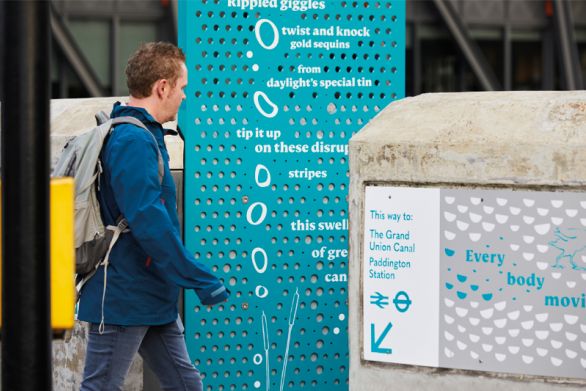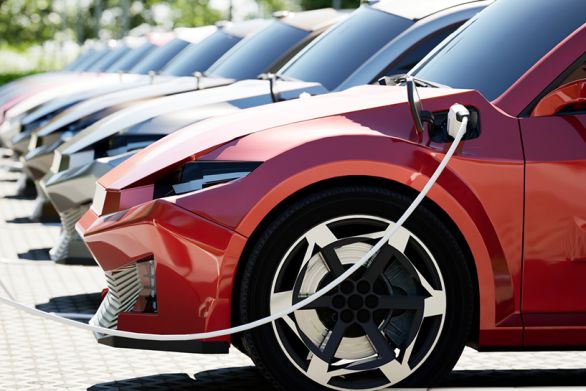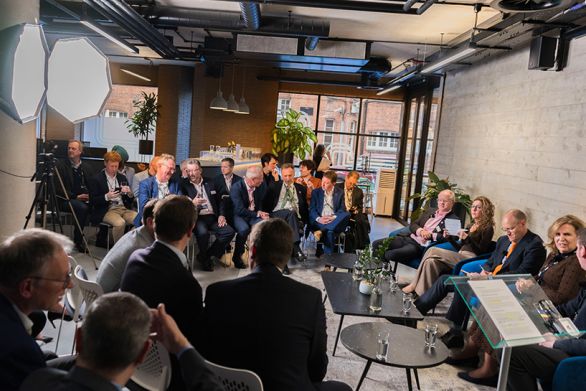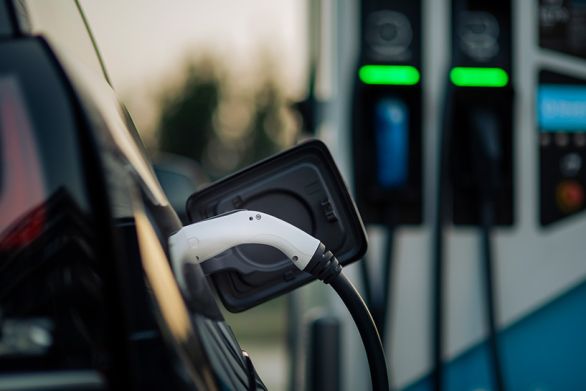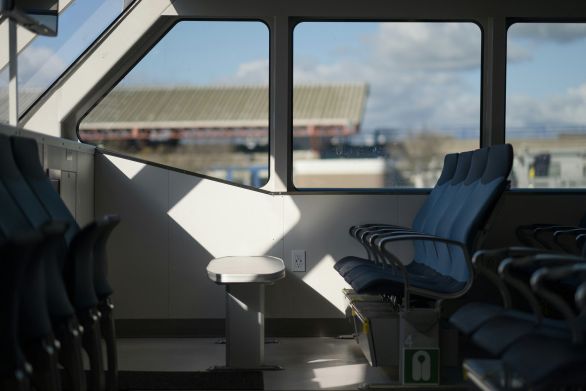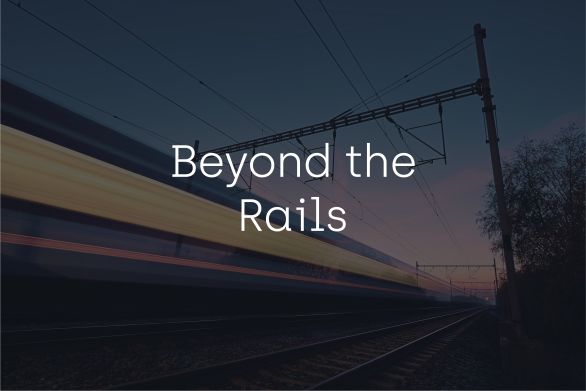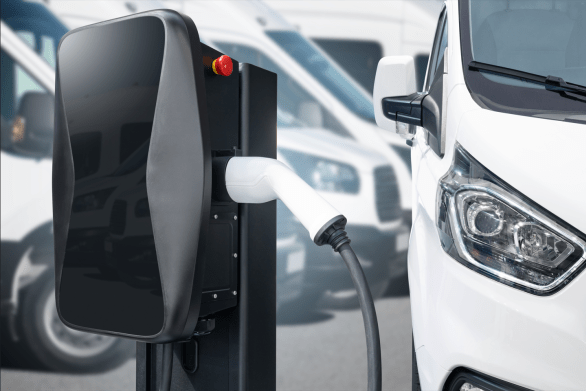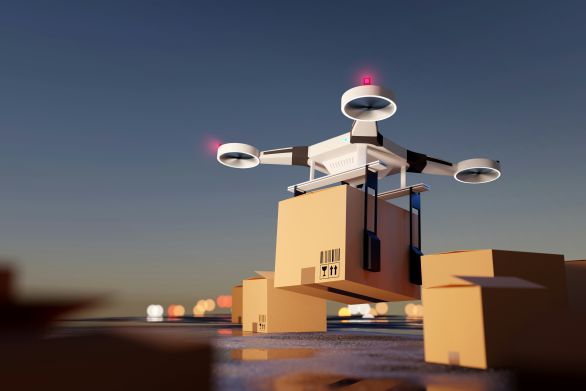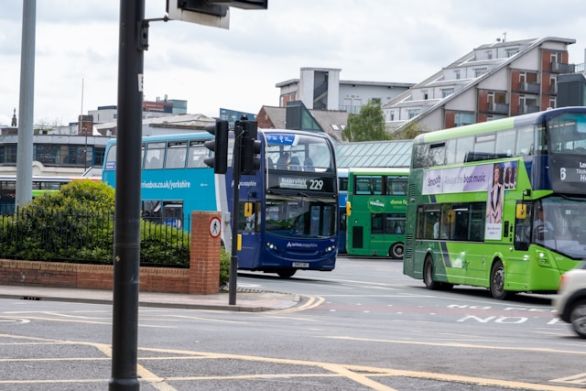Great Britain is the birthplace of the rail industry. Developments in rail through the years brought significant social and political change, but post Second World War, rail fell behind road and aviation in terms of focus and investment. Recently however, rail is again receiving widespread attention, as demonstrated by the HS2 and Crossrail projects. On this topic, Expert View magazine interviewed our Head of Rail, Jim Collins, who shares his enthusiasm for the industry and highlights the continuing potential of rail.
[EV: Expert View / JC: Jim Collins]
EV: What are the significant changes to the rail industry?
JC: When I started my rail career back in 1971, we were just coming out of the steam era and the trains were very different from those running today. Technology has moved on significantly and many of the techniques used on the railway today would have been undreamt of when I started my career.
In my early days British Rail was one of the leaders in terms of developing new ideas and technology. We may not have had the fastest trains in the world, that was largely the province of the Japanese and the French, but we ran more fast InterCity trains than anybody else. As we moved forward we took advantage of the changes in technology to increase line speeds and increase capacity to carry the volume of passengers that 20 years ago we would not have dreamt of.
EV: How does Great Britain compare to others around the world?
JC: Often when clients from overseas come to GB they are surprised by the number of trains we run and the volume of passengers we carry. The sheer number of passengers coming through London Bridge, Liverpool Street and Waterloo on a daily basis is almost unrecognisable anywhere else on comparative railways. In terms of ideas and capability, we are towards the very top.
The difference we have is that our island is a lot more crowded. Therefore, getting planning permission to develop railways, such as HS2, on a congested island with a fairly high population density can be difficult. Even advancing existing railways is quite a challenge and that is where the focus has to be.
EV: How does smart technology help?
JC: Smart technology gives access to the network, primarily from a customer point of view. There have been great advances in customer experience for many of the industries, in particular aviation. It is more of a challenge in rail because of its sheer scale, complexity and number of operators who use the railway.
The technology is there to be taken advantage of and so far the rail industry in Great Britain or around the world has not fully exploited it. Smart technology will allow people to be much more flexible. To maximise efficiency, the contractual framework and ticketing has to match the technology.
EV: What are the infrastructre needs?
JC: The infrastructure has got to be fit for purpose. It is easy to spend a lot of money on infrastructure and not get a great deal of benefit. Therefore, you have to know what the infrastructure will be used for before you set out on these schemes. Many infrastructure schemes have a long lead-time and so it needs to be tailored to its needs. You have got to be sure the infrastructure can deliver the planned output and it needs to be tested in advance. It is not as simple as just building a railway line, as you also need rolling stock and a timetable.
EV: What are the challenges in developing rail?
JC: When you are doing revenue modelling and demand forecasting it is very difficult to predict the future exactly. Railways have a long lead time as, even if they work very efficiently to design and commence operations, you are talking of a minimum of seven or eight years, and a lot can change in this time.
When I developed Thameslink in the early 1990s there was no precedent for it. There were no modelling tools for predicting the number of passengers that would cross London. Every time we improved the service, the passenger numbers grew way beyond the prediction. It grew so quickly from its opening in 1988, that we soon exhausted the capability.
Despite all the developments in rail at the moment, I am convinced that by 2020 we will be running out of capacity again.
EV: Is this a boom period for railways?
JC: Rail has been expanding rapidly despite the recent recession - especially in London. Railways are inherently much more environmentally friendly but I think it is more the convenience and reliability that is causing people to choose rail over other options. With the best train operators in the country you know what you are going to get. Rail has got that edge now in being much more predictable than road and air.
EV: How does the rest of the world compare?
JC: Very few of the railways, particularly in Europe, have the opportunity we have in Great Britain. There are some great private sector companies running much of our rail here, but this is not always replicated by the big state run companies elsewhere. There has to be a balance between the public and private sector, and that is a very interesting dynamic to get right. The private sector has to be given the opportunity to make a profit and develop their ideas. In Europe there are some examples of state run companies doing well, but mostly they are restricted on funding and heavily unionised.
EV: Where are the big growth markets?
JC: One of the biggest growth markets is the United States. The States have under-used rail for passengers in the past and are only now viewing it as a genuine alternative to road and air. Long distance passenger rail has been a challenge in the U.S. in the past because of the federal structure of the country, as clearly rail moves between state boundaries.
Rail only works where you have sizeable big markets city to city. England and parts of Europe are quite unusual in that they have big populations within reasonable train distances, such as London to Manchester or London to Liverpool. If you look at other geographies, the big cities are much more disperse and rail in these situations finds it very difficult to compete with air without high speed lines.
EV: What can Steer Davies Gleave offer?
JC: We like to take projects from the development of the ideas. We, as a company, have no downstream interest in the delivery phase, so we are not advising clients because we want to be involved in the digging, the concrete or the running.
Our value comes from developing these ideas and seeing them come to fruition. We have no angle apart from delivering to the clients what they want. Therefore, we want to deliver the best ideas to have a chance of actually convincing funders, backers and, ultimately, any passengers or freight holders that this is the best method to use.
We have been involved in many schemes over the years, including Crossrail, Thameslink, London Overground and Manchester Metrolink. In fact, we have been involved in nearly all of the major rail transactions in Great Britain over the last ten years.
----------
Jim Collin's interview together with other insightful articles covering the topic of mass transport, can be found in the latest issue of Expert View Magazine.
